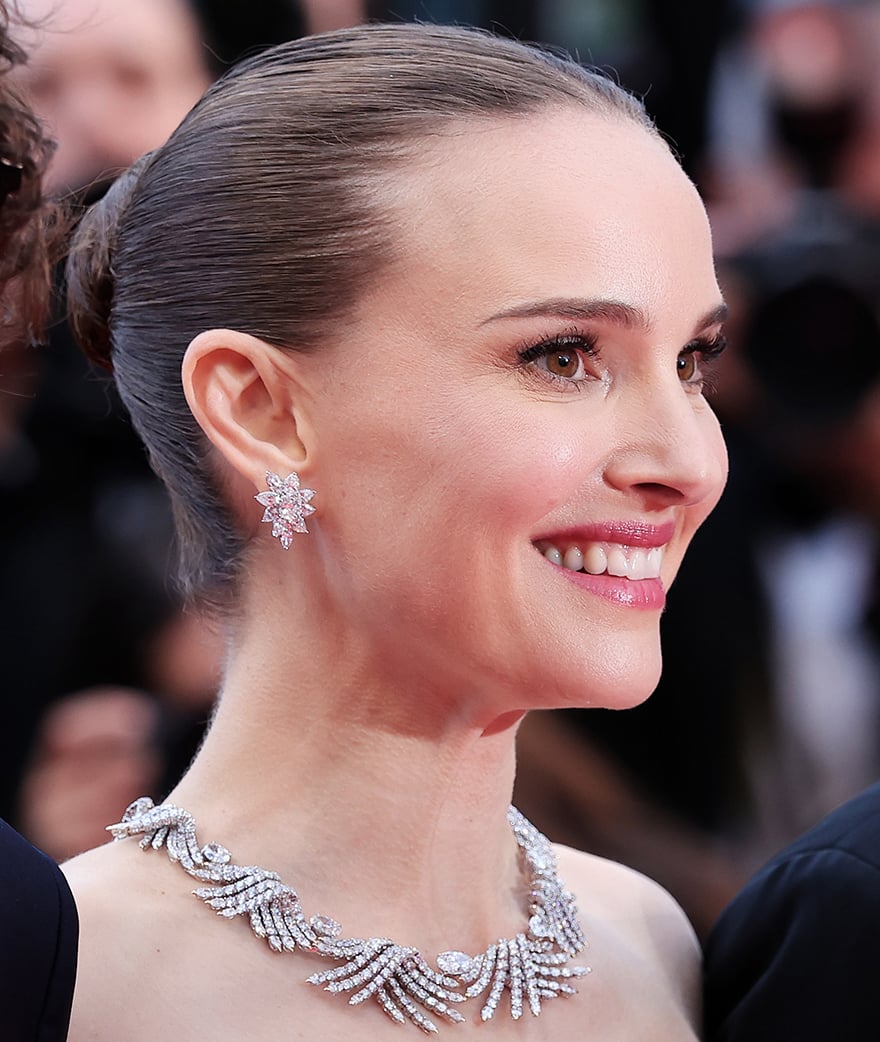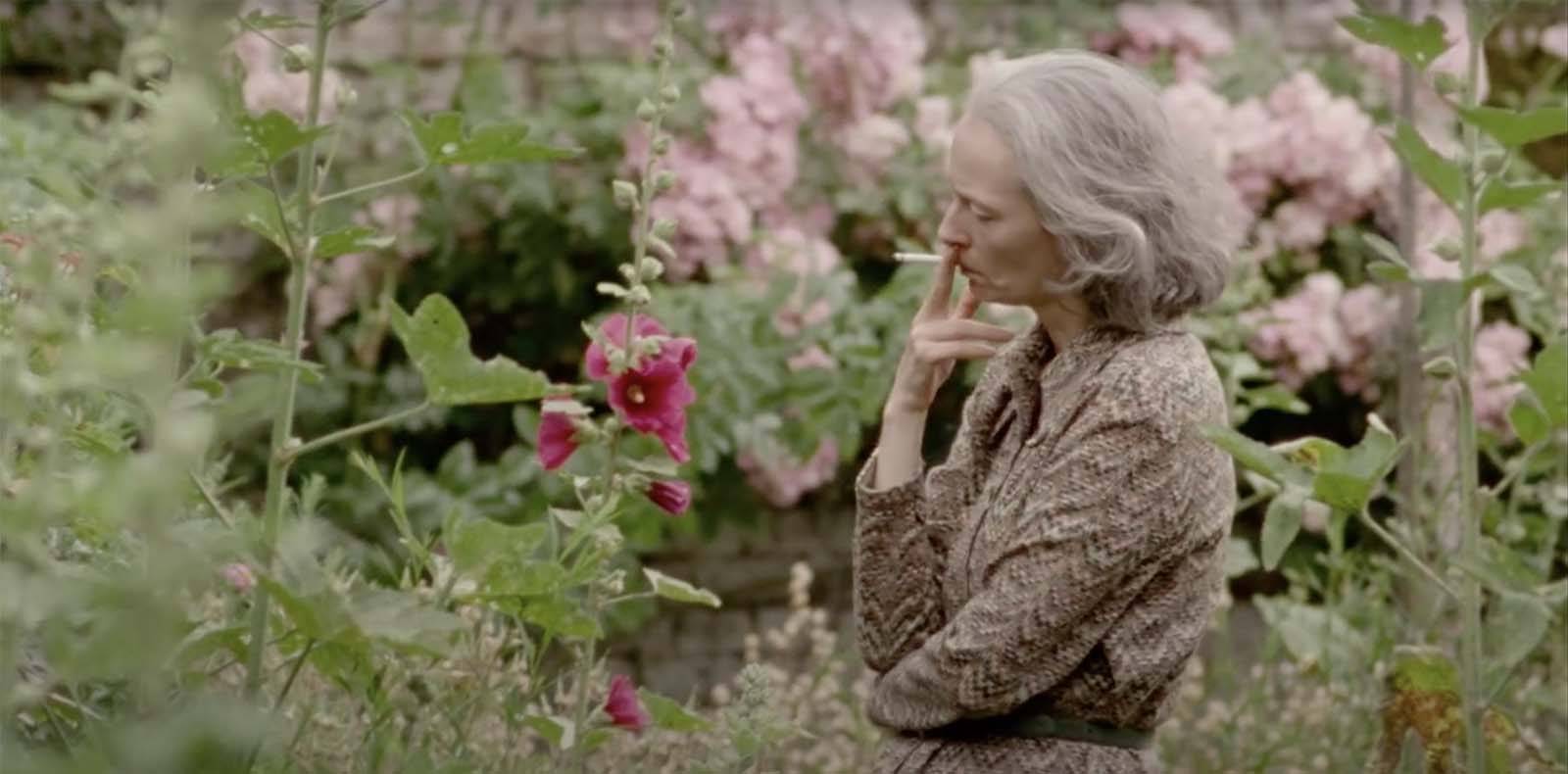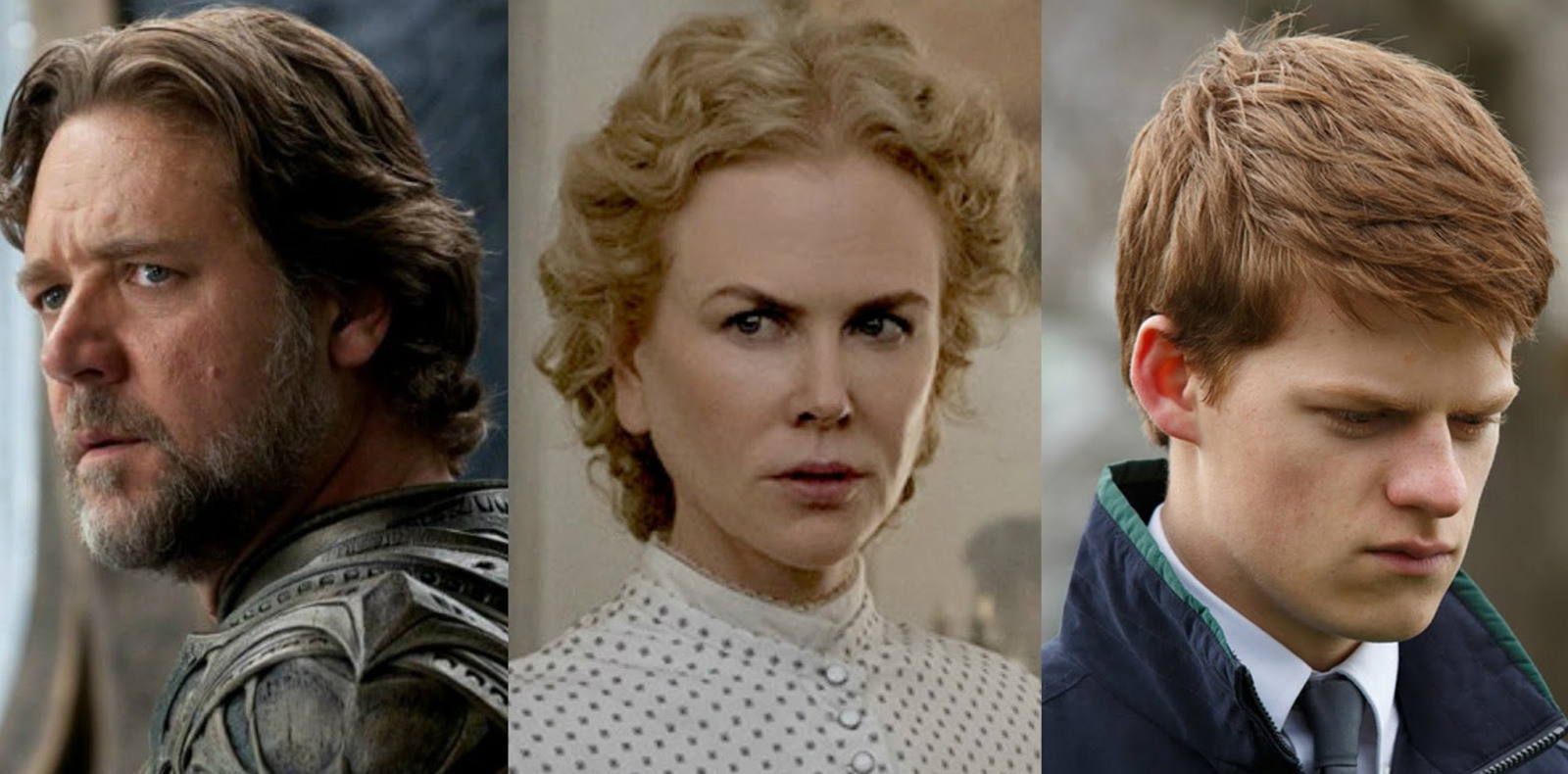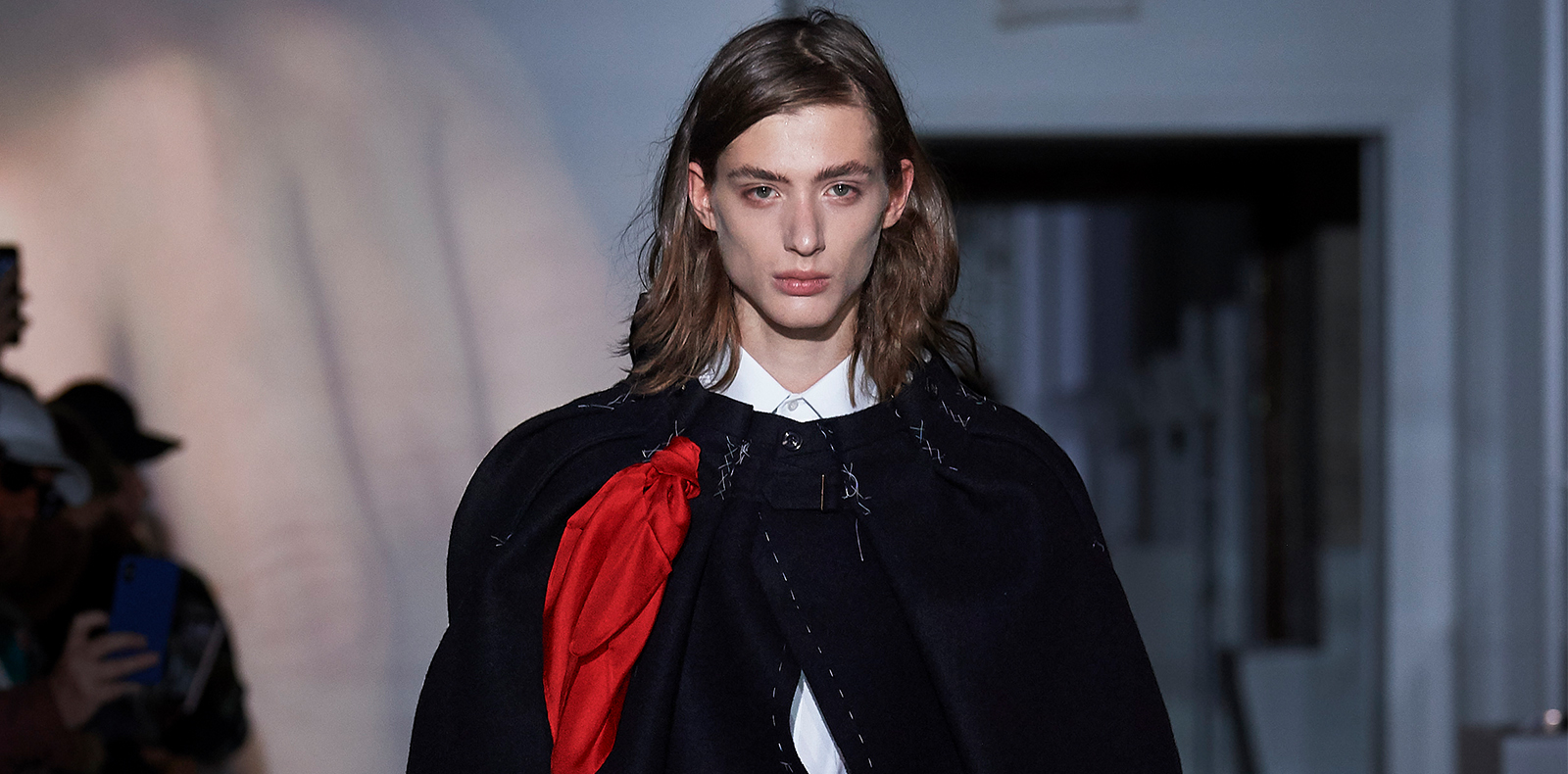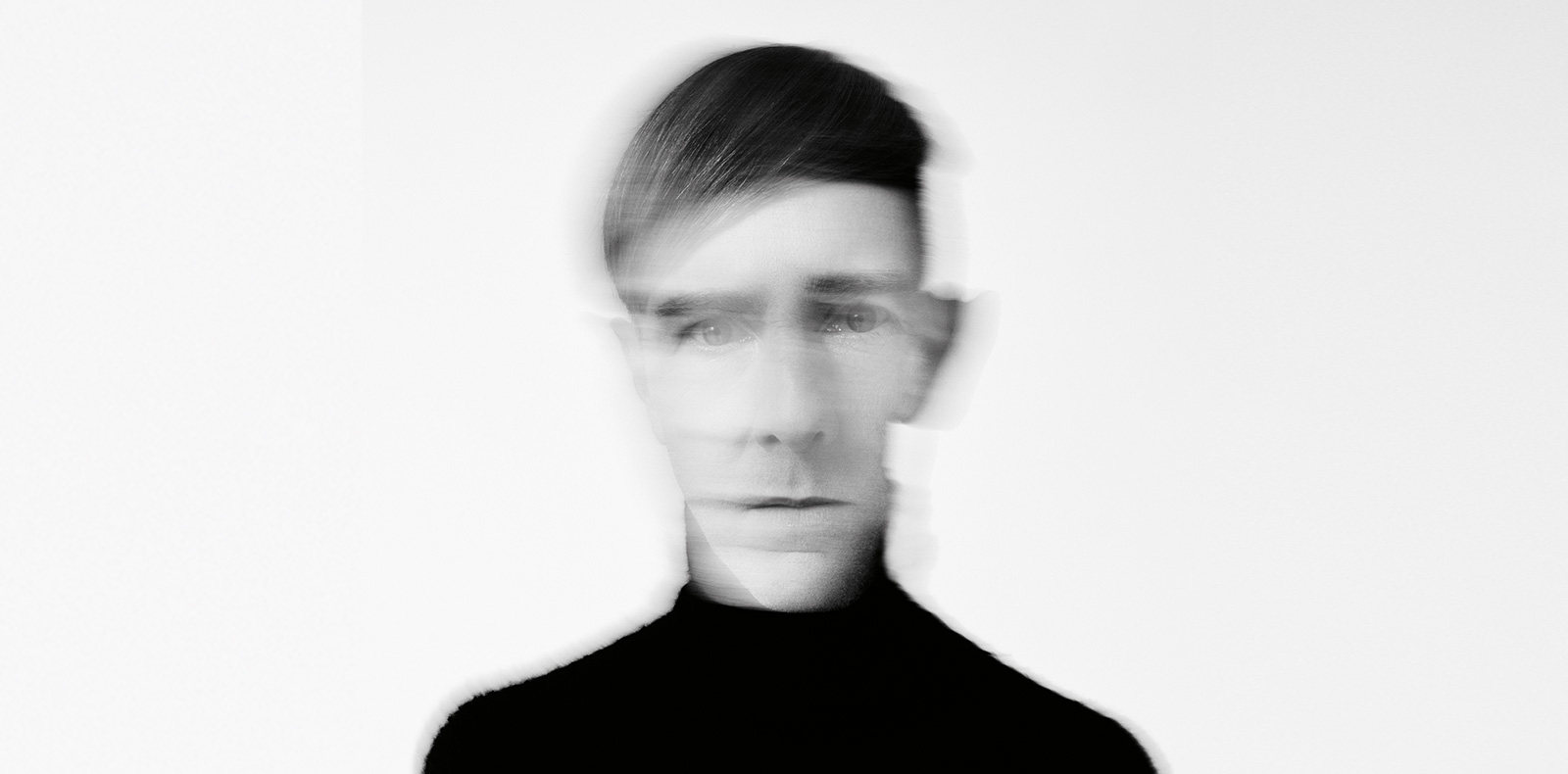
7
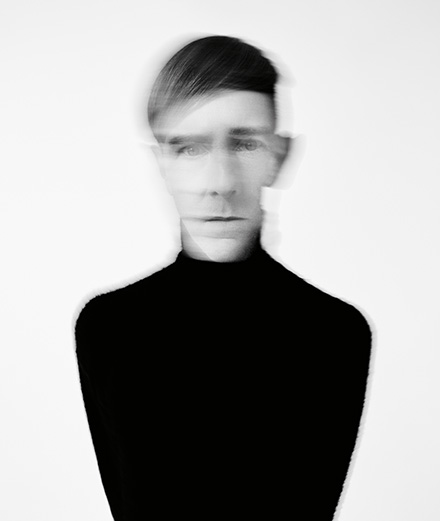
7
Interview with Richie Hawtin (Plastikman), the living legend of electro
Under the name Plastikman, the living legend of electro recently produced the soundtrack to the latest Miuccia Prada and Raf Simons runway show. Numéro caught up with one of the most exciting creative figures of the last 30 years, an astonishingly inventive conceptual artist and sound poet.
Interview by Thibaut Wychowanok,
Portraits Willy Vanderperre.
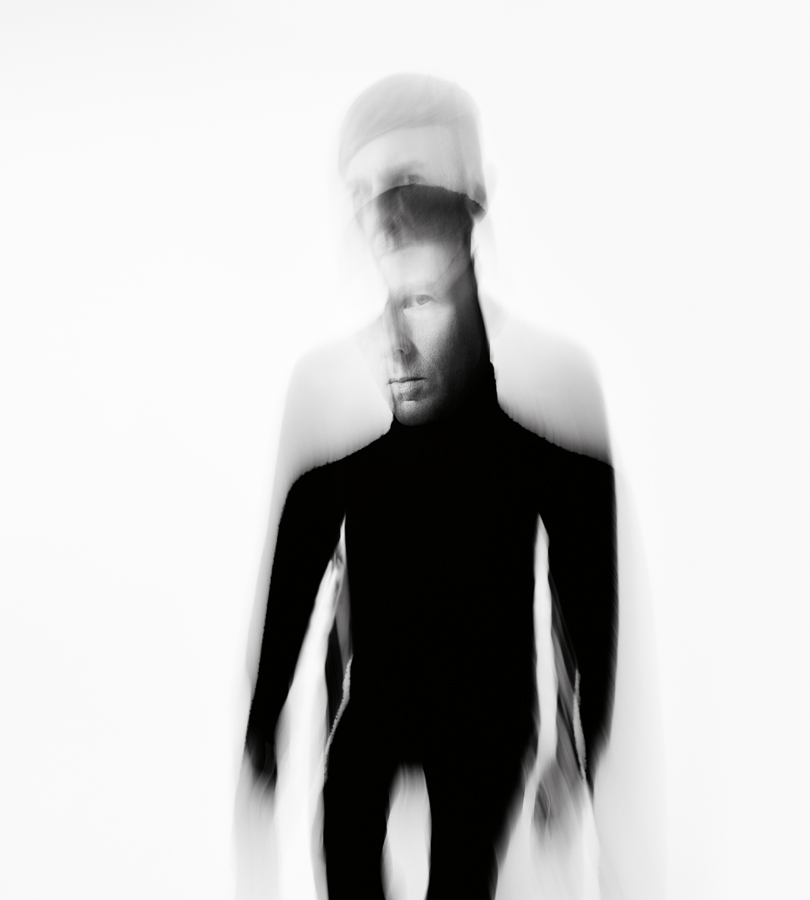
NUMÉRO: How would you describe the two tracks, Spektre and Narcosis, that you created specially for Prada’s autumn/winter-2021 runway show?
RICHIE HAWTIN: Spektre is mysterious, floating like a presence hidden in the shadows and ready to come into the light. It catches you. It matches the spirit that Miuccia Prada and Raf Simons sought to infuse into this particular collection: an apparition, in the realm of magic, that materializes through the clothing and through the scenography designed in collaboration with Rem Koolhaas. A potentiality comes into being. The experience has something mystic about it. As for Narcosis, it corresponds to the feelings that we’re all having right now. Waiting. A form of wandering. It’s like our minds were drugged. How can you imagine the future clearly with everything we’re going through right now? And yet, hope and magic remain.
Raf Simons and Miuccia Prada have described the show as a celebration of the individual, the body and the need for freedom, as well as of the necessity for every being to reconnect with others. Their description could also serve very well as a definition of your music.
Fashion, like music, is all about that – self-expression and freedom. The show was a temple dedicated to their manifestation, a place where the models could dance if they so desired. I wanted to bring to the audience watching the video of the show uncertain musical landscapes that they could travel through freely. I refuse to define everything and prefer to propose sound particles that each individuality can explore as they wish. That’s probably why my music is so spare and minimal. You need space to let the sound breathe. That respiration is a liberty.
Rem Koolhaas has defined the architecture designed for the show as a “non-space,” which might be understood as a place that exists in real life but which remains undefined, without a precise function, and is therefore a space of freedom.
Sound, like architecture, creates spaces. But Miuccia and Raf’s clothes, Rem’s architecture and my music share a desire to create a place in which there’s still space for you to be yourself. Nothing is underlined or overexplained. That’s the whole beauty of working artistically in such a reductive way. All you’re doing is installing a structure where people can blossom and develop.
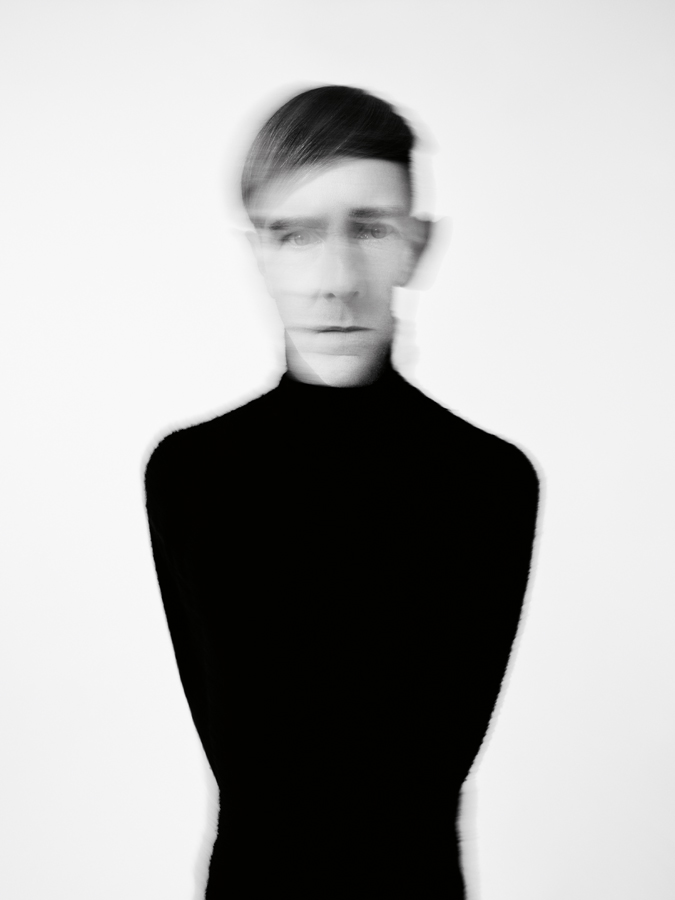
It’s only after listening to your tracks several times that they reveal all their complexity and hypnotic and psychoactive power…
The idea of exploration is central. When I create music, I dream of spaces and frequencies that will transport you. I don’t necessarily want them to be difficult to access, but rather pleasing and welcoming, and above all they should allow everyone to experience time and space and to discover, each time they listen, new things. In my music, everything happens in little interactions, silences, details. That’s the whole beauty of the art and music that I make and that I love. For example, when I walk round an artwork by a figure like Anish Kapoor, Richard Serra or Dan Flavin, everything changes depending on the time of day and the viewing angle.
Why did you sign the Prada show music with the alias Plastikman? It’s not a pseudonym you use very often…
Plastikman has always represented my studio persona, which is more cerebral, and goes deep into my heart. Over the years, Richie Hawtin has acquired a very strong identity in the world of clubbing. He’s more linkedtomywork as a DJ – he’san extravert where Plastikman is an introvert. When working under the Plastikman pseudonym, I feel I have more creative freedom and am less bound to audience expectation than when I make music as Richie Hawtin.
Raf Simons has said that he listens to your music the way others listen to classical music. What is your relationship to the classical canon?
I can’t say I’m particularly well- versed in classical music, although I do love listening to the Berliner Philharmoniker. The space around the instruments is what fascinates me most – the dynamic, the frequencies, the flows. Moreover, I find a form of beauty in composers like Erik Satie. It’s still very much classical music, of course, but it’s nonethe- less extremely minimalist. And that ties in with my own production. Perhaps I come closest to classical music when I’m working on an album rather than just a single track – which to be honest is something I don’t do very often. What’s different about an album is that each track has to share common values and participate in creating a more global movement, a story and a narration.






